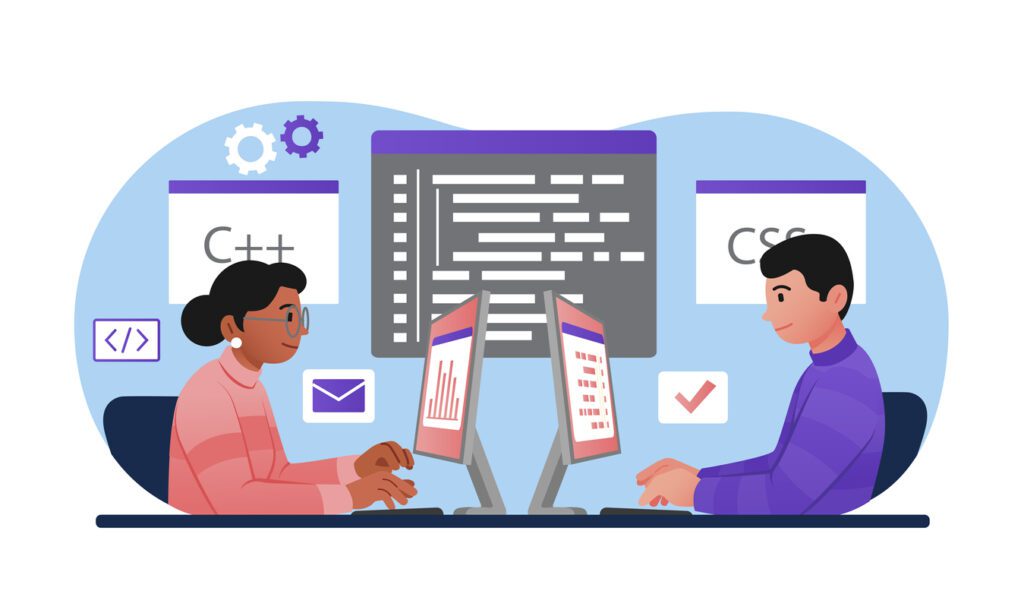Test automation can take a substantial amount of time to execute, especially for graphical user interface (GUI), end-to-end, and regression testing validations. As codebases grow and test suites expand, test cycles progressively lengthen, delaying releases and reducing developer productivity. However, while there is an urgency to reduce test time, sufficient coverage and adherence to quality gates remain imperative. The key is to optimize and streamline the test process without cutting corners.

Why It’s Critical to Reduce Test Time
Expanding test cycles delay releases and feedback loops to later stages. Industry data reveals that software defects cost 15 to 50 times more if detected post-production versus during development. Faster testing shifts bug detection left, reducing escapes and lowering rework costs. Accelerating validations also enables more frequent builds, feature experimentation, and incremental deliveries. Leaner test cycles directly improve velocity across critical metrics:
- Faster feedback and bug detection
- Early validation of new features
- Quicker learning and design improvements
- Increased deployment frequencies
- Enhanced developer productivity
However, while working to reduce test time, teams cannot afford to sacrifice coverage or breach quality gates. This requires balancing optimization with responsibility.
Reduce Test Time while upholding Quality Gates
Quality gates outline minimum release criteria covering aspects like test coverage for new code, validation of critical user journeys, defects detection rates, resource utilization, etc. While accelerating test execution, teams must ensure:
- Adequate test coverage and scenario validation for all code changes
- Testing of high-risk modules and critical user paths
- Adherence to defect escape rate standards
- Assessing end-user impact pre and post-release
- Meeting performance benchmarks and compliance needs
Teams cannot blindly slice testing scope or skip executing large sections of automated test suites without analysis. Doing so heightens quality risks down the line. Intelligent optimization examines code changes and test history to run the right validations faster – not simply cut test coverage.
Optimize Testing via Risk Analysis
There are two key techniques to minimizing test time without compromising on coverage or escapes:
- Risk-Based Test Prioritization
- Change Impact Analysis
Risk-based testing steers validation efforts towards high-risk functional areas witnessing active development. Change impact analysis spots code areas most likely to break existing features due to modifications. These methods prevent unnecessary test executions while upholding coverage and quality gates.
Risk-Based Test Targeting
Instead of blanket test executions, risk-based testing inspects code changes to identify associated functional flows needing validation. For example, updating a login form’s password policy requires testing associated submission flows rather than unrelated modules like search, notifications, or payments. Test scope is concise based on change context.
Small code changes rarely necessitate full end-to-end regression runs. Risk-based testing analyzes change pull requests, flags impacted domains, and executes related test scenarios within minutes. Testing effort reduces significantly without under-coverage.
Change Impact Analysis
While risk-based testing validates changed code areas, impact analysis identifies unaffected areas needing no re-testing. Examining code commit histories, it pinpoints files and functions likely to break due to modifications in connected modules. Test runs are optimized to focus on probable impacted flows most likely to regress.
For example, a workflow involving data models, API servers, front-end code, and validation rules depends on all those components interacting properly. Change impact analysis maps such component dependencies to reveal ripple effects. If a data schema changes, it finds interlinked frontend, API, and validation code that now needs re-testing after the update is merged. Change impact analysis minimizes repetitive testing of unrelated code areas across commits.

Achieve Extreme Testing Velocity With AI
Traditional testing solutions rely on brute force over intelligence. Executing exhaustive test suites with marginal optimization leads to runaway cycles. AI-powered impact analysis offers smarter alternatives:
Accelerate Feedback Loops. AI rapidly analyzes code changes, constructs linked dependency graphs, and selects highly relevant test cases to execute within each commit. Testing cycles compress from days to hours without compromising quality gates.
Shift Left on Defect Detection. Al-driven behavioral modeling reveals defects manifesting across components instead of isolated scripts. Issues surface left – during merge requests instead of final QA. Fixing defects pre-merge is 5x cheaper.
Boost Engineering Productivity. Testing bottlenecks stall developer velocity. AI alleviates productivity drags via test optimization, triage automation, and root cause identification.
Prevent Test Escapes. AI studies past test histories and defect patterns to predict failures likely to escape testing – targeting them for priority mitigation across tests.
Enhance Release Velocities. Engineering metrics directly quantify velocity lifts from AI-test acceleration. Typical results include 60%+ test time reduction, 40%+ productivity gains, and 70%+ escape prevention.
Reduce Test Time through AI Testing
Lengthy test cycles throttle release velocity and developer productivity across digitally maturing enterprises today. Engineering leadership faces intensifying pressures to accelerate validation processes amid expanding automation suites and quality gates. Mitigating this challenge requires fundamental shifts from traditional testing mindsets.
The central theme is evolution over revolution – optimizing versus outsourcing testing. Teams must preserve – and even raise – quality standards through coverage expansion, metric improvements, and escape reduction. Squeezing testing cycles should not happen haphazardly or intrusively. Optimization must align strategically with business goals across user experience, responsiveness, and intelligence capabilities.
Appsurify helps enterprises transform legacy testing bottlenecks into modern acceleration engines using data science and machine learning. Our intelligent test optimization platform combines:
- Advanced Risk Modeling – Focus test efforts on high-impact code areas needing urgent validation.
- Change Impact Analysis – Eliminate unnecessary re-testing by mapping ripple effects across code updates.
- Behavior Modeling – Understand how code changes propagate across components, causing breaks.
- Test Gap Analysis – Expand test coverage in high-escape risk areas.
- AI Defect Prediction – Leverage data patterns to prevent known test escapes.
These techniques drive extreme testing efficiency sans quality erosion. Teams maximize test velocity and coverage in alignment with dynamic release goals. Appsurify quantifies optimization rates, escapes prevented, and engineering productivity gains via continuous metric visibility. Watch a 1min demo or try for free today to learn how Appsurify can help you optimize test time without compromising on quality. Get in touch with us, and let’s discuss how data-driven intelligence can help your teams ship better software faster.

